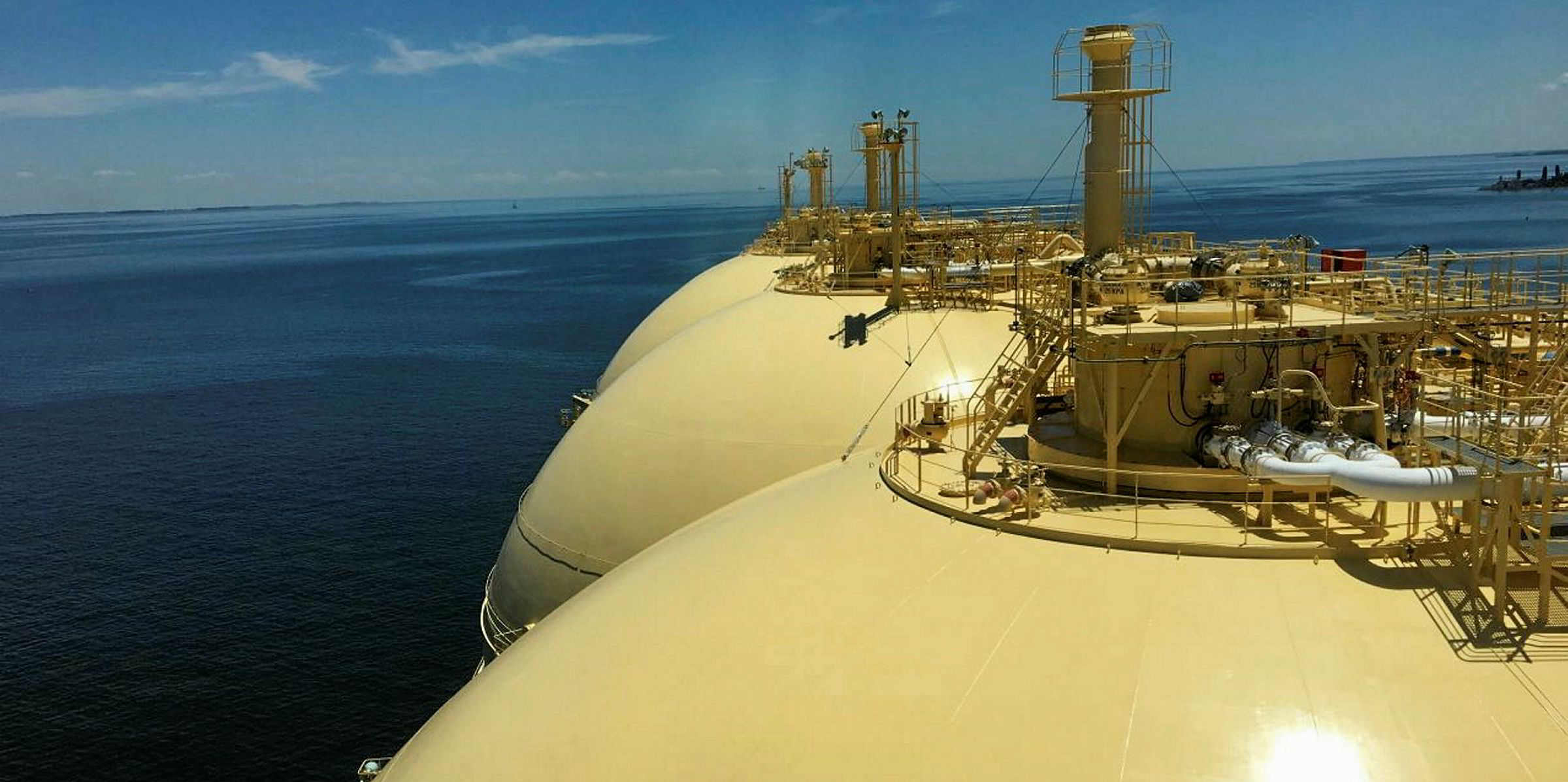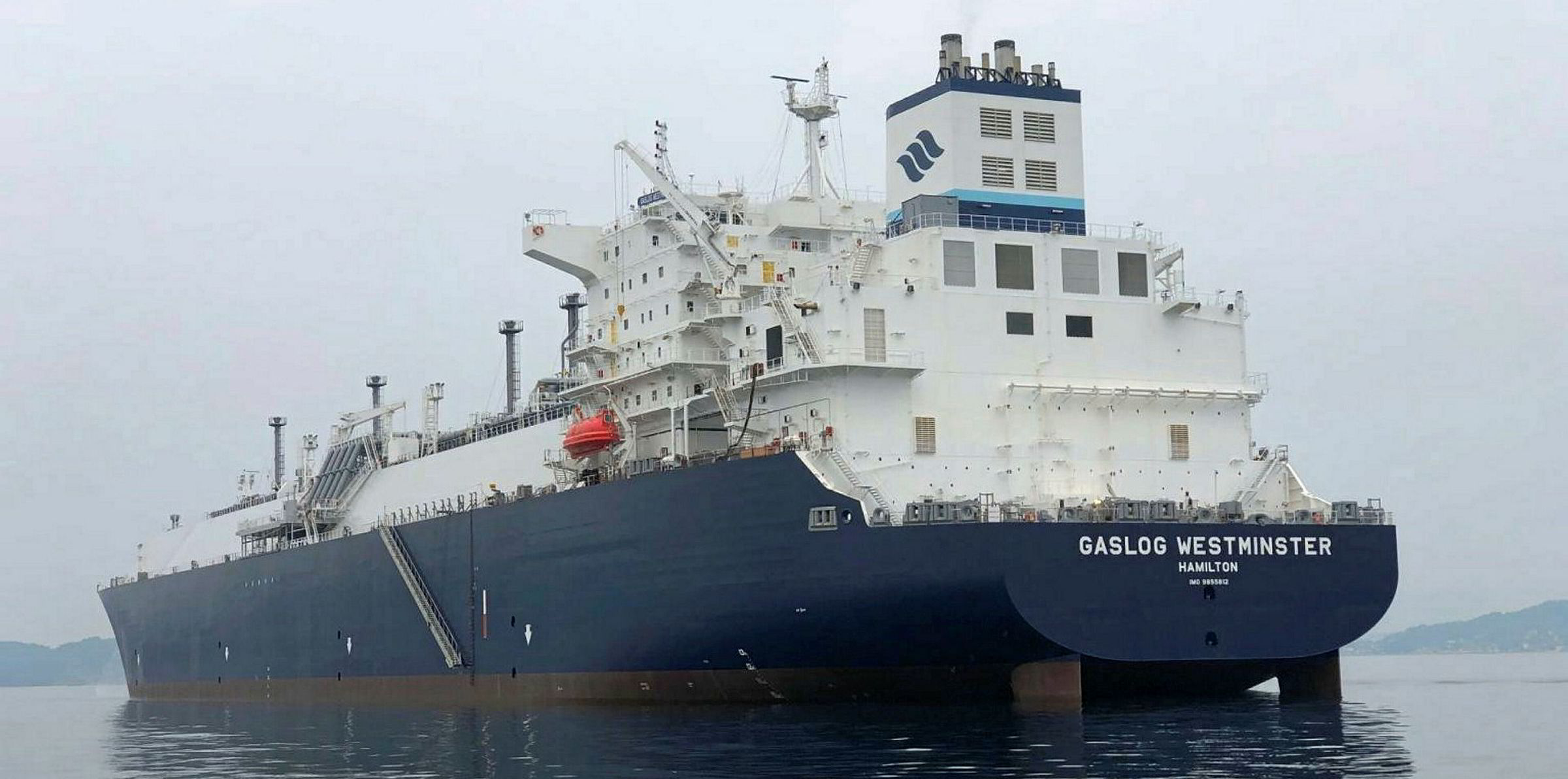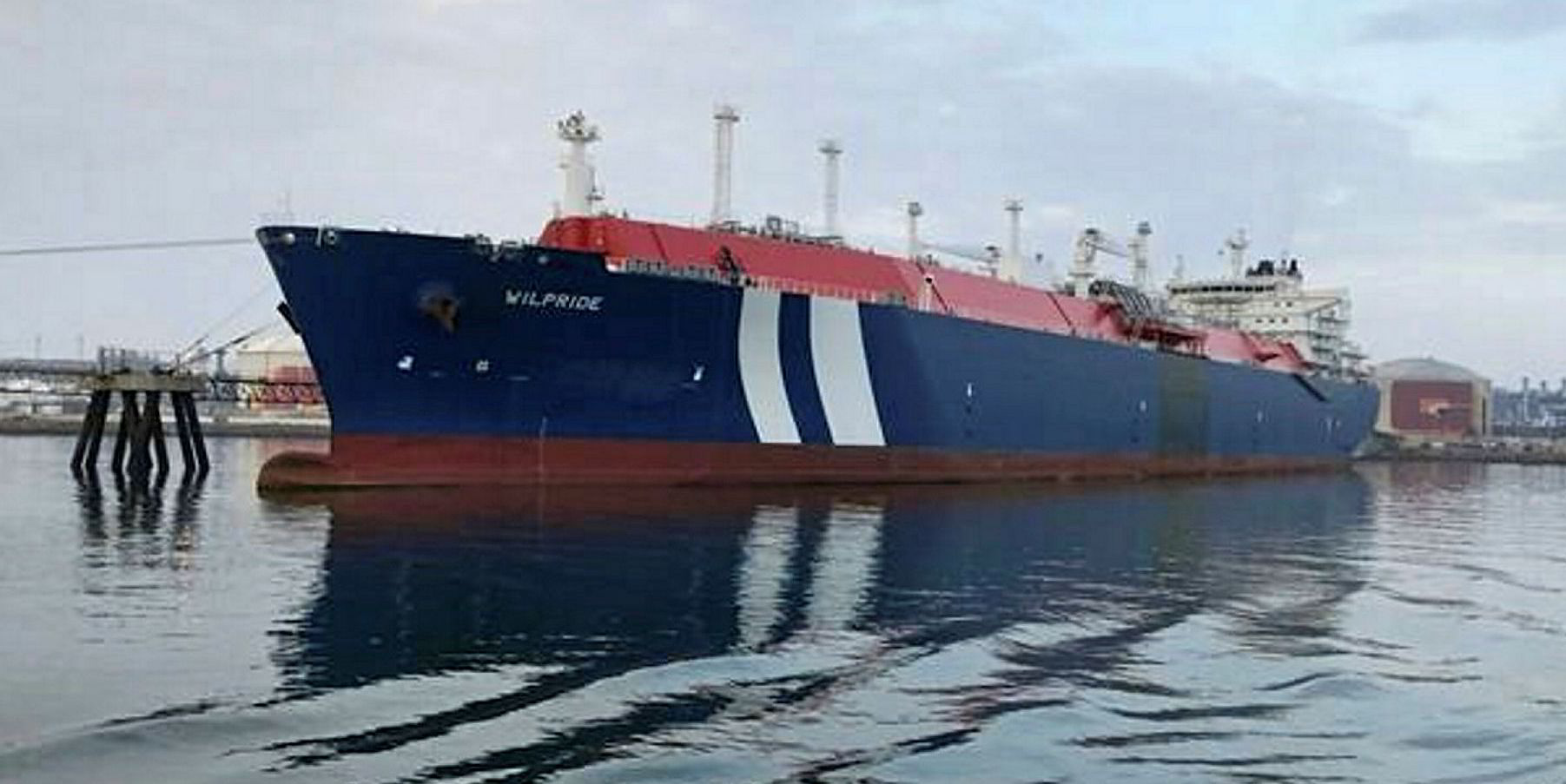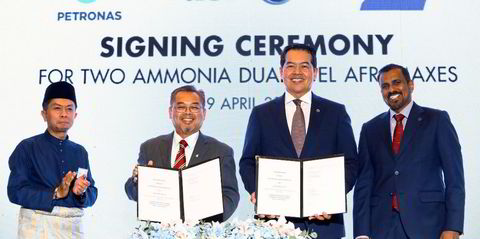LNG shipping markets are likely to see increased activity and volatility as charterers take a more conservative approach to their shipping strategies to ensure they have cover for disruptive events, according to Poten & Partners.
Speaking in a Poten webinar, head of LNG shipping analytics Jefferson Clarke said the market is extremely active, particularly for spot and multi-month fixtures.
He said these are a combination of direct fixtures and relets, with sublets now accounting for 60% of the total in contrast to the more normal 50:50 split.
Clarke said the market is seeing an adjustment of commercial shipping strategies.
He said players are becoming more “conservative” and are looking for redundancy in their shipping fleet to ensure they have enough capacity to deliver their cargoes in case of disruptions such as the Covid-19 pandemic.
Clarke said this potentially has the chance of enhancing market volatility, as some charterers take ships out of the market when they do not need them and others do. A run up in rates would be created when players dive into the market, and a run down when the ships are relet out.
“A lot of the offtakers are using more shipping to deliver the same amount of the LNG that they normally would, which inherently is having a knock-on effect on the rates as well,” he said.
Picking up steam
Jason Feer, head of business intelligence at Poten, said the LNG shipping market has been picking up steam.
Last week, the brokerage assessed its benchmark rate for a 160,000-cbm tri-fuel diesel-electric (TFDE) vessel at $49,000 per day, up from a low point of $29,000 per day in June when rates bottomed out.
Clarke said the current economics on LNG pricing are providing incentives for the freight markets to move up as producers cover their operating expenses, although there is still downside risk.
He said the freight markets are seeing some seasonal upturns and it is difficult to distinguish between these and Covid-19-related market recoveries.
But he added that shipowners are "getting positive" that rates are going to increase in next couple of months.
Clarke said Poten's spot charter rate forecast for a TFDE vessel currently rises up to about $60,000 per day by December, although this will depend on LNG prices and how cold is becomes in winter.
Long on ships
He said the market is now seeing floating storage levels — based on Poten’s measurement of how much LNG is on the water over how much was imported in any month —approaching where they stood last winter.
But Clarke questioned whether the market would see new peaks this winter.
In late 2019, he said charter rates increased as the shipping market was undersupplied and natural gas market oversupplied.
This year, the LNG shipping market is more balanced with tonnage, due both to the reduction in traded cargo volumes and the delivery of newbuildings, he said.
Feer said the US “dogged [dodged] a bullet” with last month’s Hurricane Laura, with the key US Gulf LNG export facilities — built to withstand storms of this force — not heavily damaged.
Cargo boost
He said US cargo cancellations for October appear to be in the region of five to seven shipments and these are mainly triggered by specific circumstances, including high freight costs and vessel availability in a couple of cases.
Feer added that the arbitrage between the US and European and Asian markets appears to be open for the second half of September and then for the rest of the year.
This is expected to boost US exports.
He said Poten expects about 10 cargoes to be loaded at Freeport LNG in September but, by October, this is likely to be up at the normal 17 to 18 loadings for the month.
“We are seeing a resumption of liftings on the Gulf coast to accelerate as we go through the next four, five, six weeks,” he said.
But he added that buyers who have stocked up on cheap LNG during the summer may need to make adjustments in the coming weeks to balance their position against anticipated winter demand.








